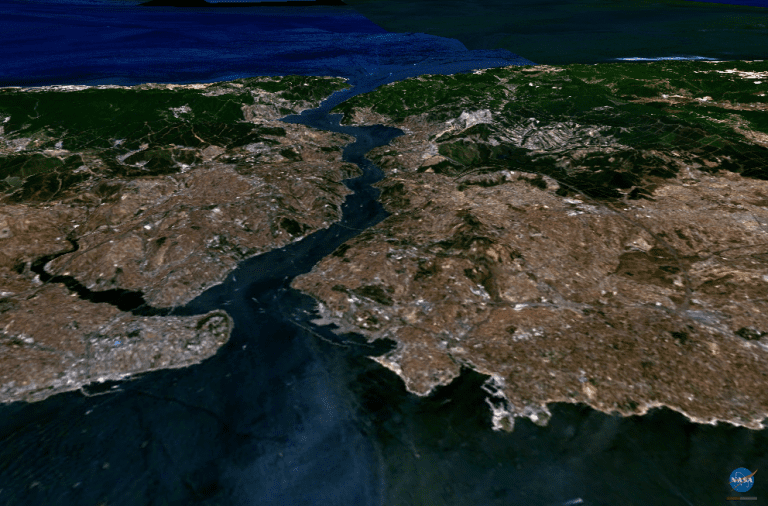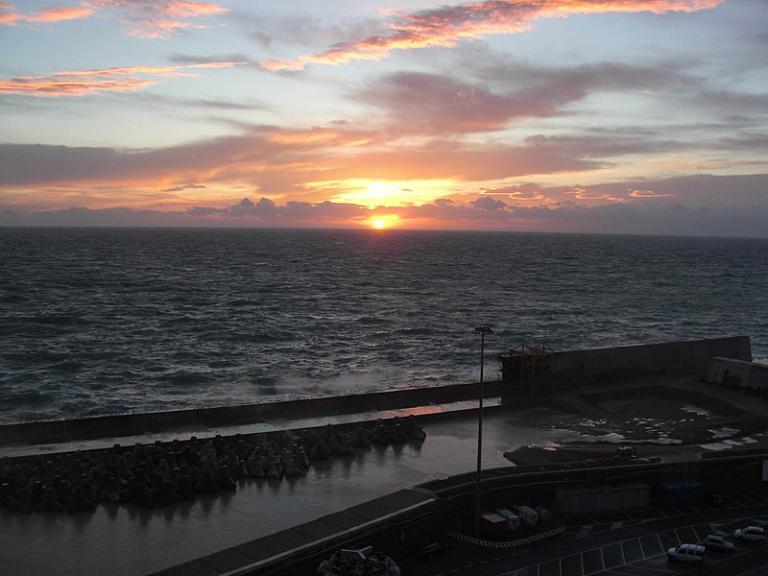
(NASA public domain photograph)
The latest installment of my bi-weekly Deseret News column went up yesterday. I’m just really slow in posting a link to it. But here’s the link:
***
Here’s a bit of interesting science news, linking my deeply uninformed interest in astronomy with my remarkably ignorant enthusiasm for geology and palaeontology:
“Did a supernova trigger the late Devonian extinction?”
Think of the process as a sterilization, something of a cosmic hand sanitation.
***
Plagues are historically interesting, but not quite as fun to live through:
“[T]he Plague of Justinian: the bubonic plague’s first-known visit to Europe, in 541 CE. The first wave of plague killed 20 percent of the population of Constantinople. Infection also devastated the trade port of Alexandria. Over the next 160 years, wave after wave of plague may have carried away up to half the population of the Byzantine Empire. ‘Religious texts of the period suggest a heartfelt doomsday atmosphere.'”
And, speaking of extinctions, let’s talk for a moment about the coronavirus:
“[C]hildren of all ages are susceptible to [coronavirus] infection and, contrary to early reports, might play an important role in transmission.”
“‘A huge experiment’: How the world made so much progress on a Covid-19 vaccine so fast”
It’s a relief to see some sanity on this subject:
“Mask-Wearing and the Common Good”












